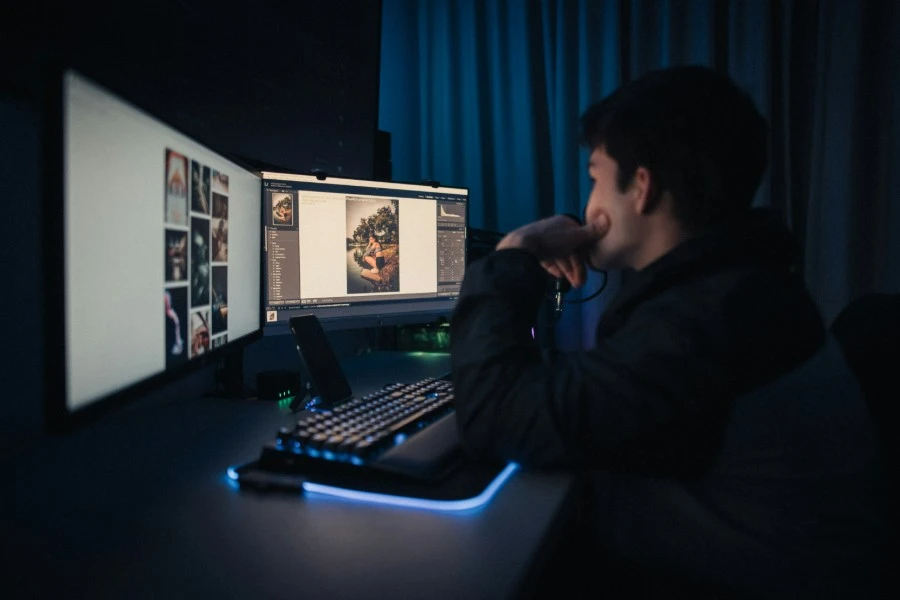
Have you ever found the perfect image, only to realize it's too small? When you try to enlarge it, it becomes a blocky, pixelated mess. This common problem, known as pixelation, occurs when you try to stretch a low-resolution image beyond its original size, making the individual pixels visible and ruining the quality. It's a frustrating experience that can make otherwise great photos unusable for websites, prints, or presentations.
The good news is that you don't have to settle for pixelated results. Modern technology offers a solution called image upscaling, which goes far beyond simple resizing. Instead of just making pixels bigger, upscaling intelligently generates new pixels to create a larger, sharper, and clearer image. This guide will explain exactly why images become pixelated and how you can use a free, privacy-focused tool like the Image Upscaler to rescue your low-resolution photos.
Every digital image is a grid of tiny squares called pixels. An image's resolution refers to the number of pixels it contains (e.g., 600 pixels wide by 400 pixels tall). When an image is displayed at its intended size or smaller, the pixels are too small for our eyes to see individually. However, when you take a low-resolution image and try to display it at a much larger size, you are essentially stretching that grid. The software has to guess what to fill the new space with, and the simplest method is to just make each pixel bigger, resulting in the characteristic blocky or blurry look we call pixelation.
It is critical to understand the difference between a pixelated image and a blurry one. Pixelation happens when a clear, but small, image is enlarged. An Image Upscaler is the perfect tool to fix this.
However, if a photo was blurry when it was taken (due to a shaky camera or missed focus), that is a different problem. While upscaling might slightly improve its appearance, it cannot reverse original photographic blur. The best results always come from upscaling a clear, low-resolution image.
An image upscaler uses advanced algorithms (like Lanczos resampling) to analyze the existing pixels in your photo. Based on that analysis, it intelligently generates new pixels that blend in seamlessly, effectively increasing the resolution. This process results in a larger image that preserves sharp lines and clear details, fixing the pixelation.
A low-resolution image doesn't have to be a dead end. By using an intelligent tool like the Image Upscaler, you can effectively fix pixelation and create a larger, high-quality version suitable for any purpose. It’s a fast, free, and private way to ensure your images always look their best.